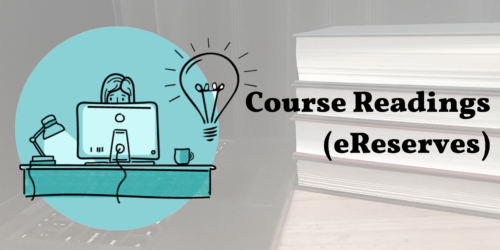
Creating Clarity in Assignment Descriptions
This teaching tip was prepared by Conestoga College’s Library Services department.

Help your students to understand their assignments and get started sooner by clearly defining the assessment and providing them with a transparent task list.
Define Your Terms
One of the first things students look for in an assignment description is the type of paper they are expected to write. Although the assignment type is intended to provide insight about writing requirements and structure, it can also leave students with questions:

To set all students up for success, Writing Services recommends the following:
- Use specific language – Words like paper, essay, report, and literature review can be vague because there are different types of each. Instead, try using the specific name for the style of paper you expect, such as narrative literature review rather than just a literature review.
- Provide instruction about the paper’s structure and style – Students may not have written this type of paper before, or they may still be learning best practices for writing in the Canadian college context. Reviewing the paper’s requirements (e.g. thesis type, structure, research integration) in class can help clarify expectations.
- Link to sample papers – WriteOnline has several strong examples of literature reviews, lab reports, case study reports, and reflections.
List Transparent Tasks
A task list is a step-by-step list of tasks for completing an assignment. These tasks may be listed directly on the assignment instructions. Here are some writing tips for creating a clear task list:
| Task Tip | Rationale |
|---|---|
| Include a manageable number of tasks | If there are too many tasks, students may not have enough room for analysis/reflection. Writing Services suggests that a paper with 1-4 tasks is the most manageable. |
| Keep language concise and simple | Long, wordy assignment descriptions can sometimes be overwhelming for students, especially for English Language learners and students with accessibility needs. |
| When developing a task list, consider the paper’s thesis type | For papers that require a statement of intent, it can be helpful to list assignment tasks/questions in the order that they should appear in the paper (i.e. question one = body paragraph one). |
| Start each task with one verb and consider placing lower–level thinking tasks first | Using one verb per task can help students focus and feel less overwhelmed. Ordering tasks from lower-level thinking skills (e.g. explain) to higher-level ones (e.g. evaluate) will also reflect the learner’s thought process (Shabatura, 2013, para. 5). See Bloom’s Taxonomy for more information. |
| Provide details about how to use research | It can be helpful to define what credible research is and where to find it. Consider linking to the Library homepage as a place to start the research process. Linking to the APA @ Conestoga website can remind students that they need to cite and reference their work and provide them with the tools to do this. |
References
Shabatura, J. (2013, September 27). Using Bloom’s Taxonomy to write effective learning objectives. University of Arkansas. https://tips.uark.edu/using-blooms-taxonomy/






